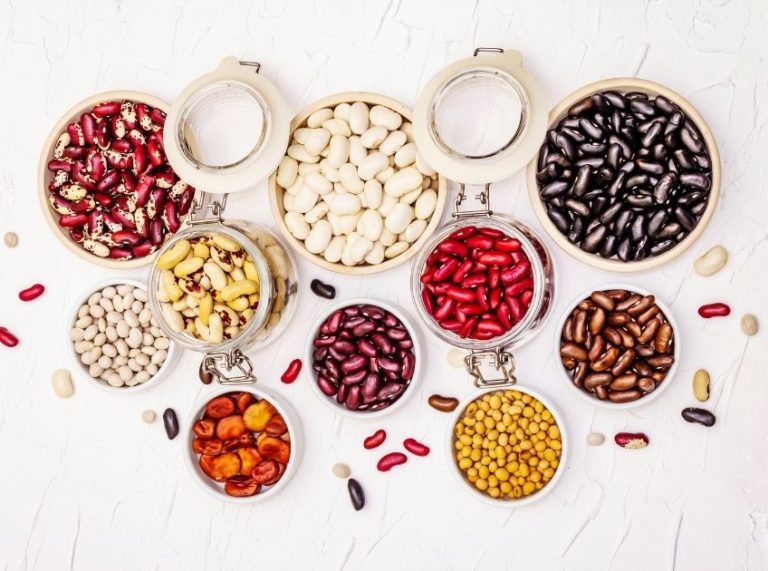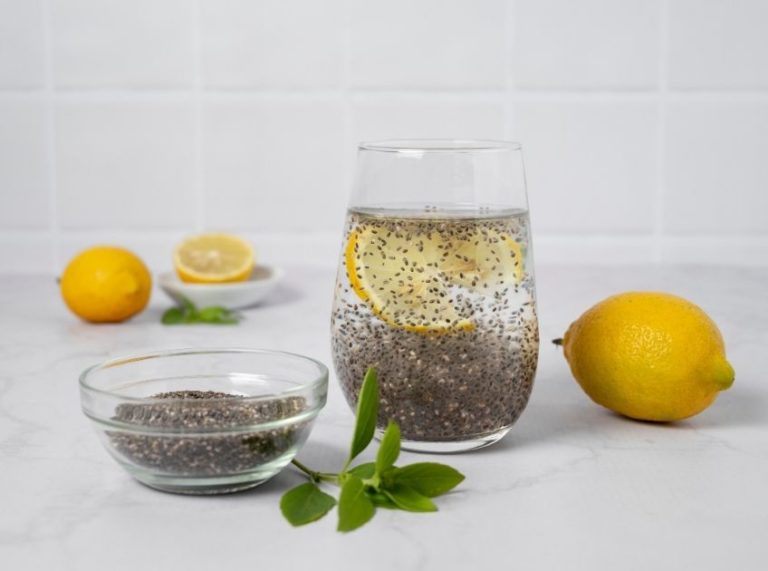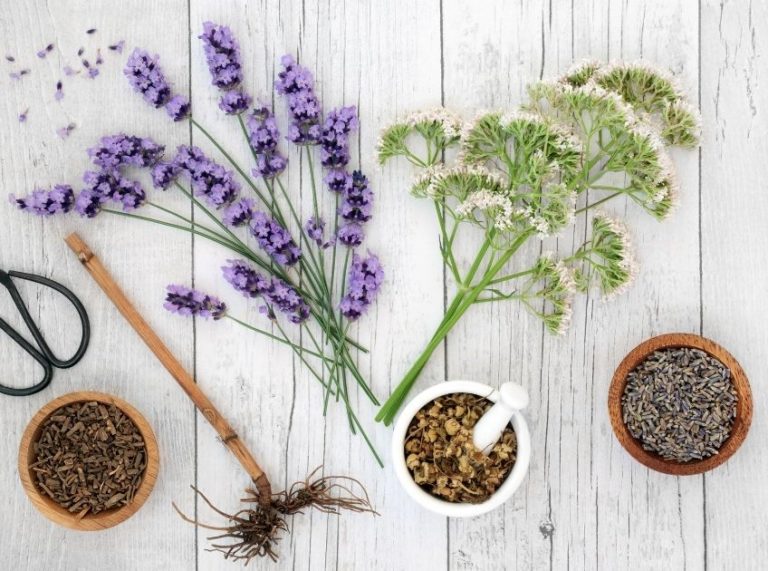
Important: This article is for informational purposes only. Please read our full disclaimer for more details.
Inflammation is a normal immune response — your body’s way of protecting itself from injury, infection, and stress. But when inflammation becomes chronic, it can trigger or worsen conditions such as joint pain, metabolic issues, digestive discomfort, and skin concerns. While modern medicine offers many solutions, everyday herbs and spices have long been used for their powerful soothing properties. Backed by traditional wisdom and supported today by growing scientific interest, these natural remedies can play a meaningful role in managing inflammation.
Below, you’ll find expert-curated herbs and spices that have shown promising anti-inflammatory potential, how they help, and how you can use them safely.
Article Contains
9 Herbs and Spices That Naturally Calm Inflammation
1. Turmeric and Its Golden Compound
Turmeric is one of the most widely researched anti-inflammatory herbs. Its main active component, curcumin, has been studied for its ability to regulate inflammatory pathways in the body (1). Curcumin works by influencing molecules that trigger chronic inflammation and may help reduce symptoms related to joint discomfort, metabolic imbalance, and muscular soreness.
In culinary traditions, turmeric has been used to soothe digestive issues, support immunity, and promote overall vitality. Modern interest in turmeric has surged because curcumin shows promise in reducing inflammatory markers when used consistently.
How to Use:
- Add turmeric to curries, dals, golden milk, smoothies, soups, or rice.
- For stronger effects, turmeric is often paired with black pepper to improve absorption.
- Standardized curcumin supplements are an option for those who want higher-strength use.
2. Ginger and Its Soothing Heat
Ginger is valued globally as a warming, therapeutic spice. It contains gingerols and shogaols—compounds known to influence inflammation and oxidative stress. Ginger is traditionally used to calm nausea, improve digestion, and ease discomfort from cold weather or heavy meals.
Research suggests ginger may help reduce muscle soreness after exercise, menstrual pain, and general inflammatory symptoms by limiting certain inflammatory molecules (2). Its warming nature also helps improve circulation.
How to Use:
- Enjoy ginger in teas, stir-fries, soups, chutneys, smoothies, and baked products.
- Fresh ginger offers the strongest flavor, while dried ginger provides a more intense heating effect.
3. Cinnamon for Calming the Body
Cinnamon, especially Ceylon cinnamon, contains bioactive compounds that may help reduce inflammation and oxidative stress. Traditional systems of medicine use cinnamon to improve digestion, support circulation, and balance the body’s internal heat.
Cinnamon’s role in metabolic health is particularly noted, as it may influence factors related to blood sugar, which are linked to inflammatory processes (3). Its sweet, aromatic flavor makes it easy to incorporate daily.
How to Use:
- Sprinkle cinnamon on oatmeal, yogurt, smoothies, or coffee.
- Add it to curries, baked goods, and stews. Choose Ceylon cinnamon for regular use.
4. Cloves with Their Potent Compounds
Cloves have one of the highest antioxidant contents among spices. The key component, eugenol, is known for its natural ability to soothe inflammation and support oral health. In traditional remedies, cloves are used for tooth discomfort, digestive troubles, and respiratory congestion.
Studies exploring eugenol suggest it may help reduce inflammatory responses within cells and support protection against oxidative damage (4).
How to Use:
- Add whole cloves to herbal teas, rice dishes, and curries.
- Ground cloves work well in desserts, spice blends, and warm beverages.
5. Garlic as a Natural Immune Ally
Garlic is a powerful herb known for its immune-supporting capabilities. Its sulfur-rich compounds, including allicin, are believed to influence inflammatory pathways and support cardiovascular wellness.
Traditional cultures use garlic for its warming, cleansing nature—especially during colder seasons. Some research suggests garlic may help with inflammatory markers linked to metabolic and circulatory health (5).
How to Use:
- Use fresh garlic in sautés, dals, soups, curries, and marinades.
- Raw garlic offers stronger benefits. If sensitive to its intensity, aged garlic supplements are gentler on digestion.
6. Rosemary and Its Herbal Strength
Rosemary contains rosmarinic acid and other plant compounds known to help calm inflammation (6). This fragrant herb is commonly used to support memory, digestion, and respiratory comfort.
Its antioxidant properties may help reduce oxidative stress, a major contributor to chronic inflammation. Culinary use of rosemary also supports gut health, which plays a key role in regulating inflammation throughout the body.
How to Use:
- Add rosemary to roasted vegetables, potatoes, soups, bread, and herbal infusions.
- Fresh rosemary has a stronger aroma, while dried rosemary is convenient for daily cooking.
7. Basil and Its Calming Properties
Basil, both sweet basil and holy basil (tulsi), contains essential oils and plant compounds that may help relax the body’s stress response and reduce inflammation (7).
Holy basil is particularly valued in Ayurveda for its adaptogenic qualities—helping the body adapt to stress and balancing inflammatory reactions. Sweet basil, widely used in global cuisines, offers gentle digestive and antioxidant benefits.
How to Use:
- Use fresh basil in salads, curries, pesto, soups, sauces, and teas.
- Tulsi tea is especially popular for calming stress-related inflammation.
8. Black Pepper to Boost Benefits
Black pepper contains piperine (8), a compound known to enhance the absorption of other nutrients—especially curcumin from turmeric. Piperine may also help reduce inflammation by influencing antioxidant activity in the body.
Black pepper’s warming nature supports digestion, circulation, and metabolic balance, making it a beneficial daily spice.
How to Use:
- Add freshly crushed black pepper to vegetables, soups, eggs, dals, marinades, and sauces.
- Use it alongside turmeric for enhanced benefits.
9. Cardamom for Gentle Relief
Cardamom is a fragrant spice known for its soothing effects on the digestive system. Its essential oils and flavonoids may help reduce inflammation related to digestive discomfort and metabolic stress (9).
Traditionally, cardamom is used to reduce bloating, freshen breath, and cool internal heat. Its antioxidant properties may contribute to calming inflammation throughout the body.
How to Use:
- Add cardamom to teas, lattes, oatmeal, desserts, biryanis, curries, and smoothies.
- The green variety is the most widely used for wellness purposes.
Frequently Asked Questions (FAQ’S)
1. Can herbs and spices replace anti-inflammatory medications?
A. No. While they can support the body’s natural healing processes, they are not substitutes for prescribed medications. They work best as part of a holistic wellness routine.
2. How long does it take to see benefits?
A. Results vary from person to person. Some individuals may feel improvements in a few days, while others may notice gradual changes over several weeks. Consistency matters more than high doses.
3. Are there any side effects I should be aware of?
A. Most herbs and spices are safe when used in food amounts. However, supplements or large quantities may cause digestive upset or interact with medications. People with pregnancy, bleeding disorders, or chronic illnesses should take extra caution.
Inflammation may be part of life, but chronic inflammation doesn’t have to control your well-being. Herbs and spices like turmeric, ginger, garlic, rosemary, and cinnamon have long been celebrated for their calming effects — and now science is beginning to recognize their value too. By integrating these natural ingredients into your meals, teas, and wellness rituals, you give your body gentle, consistent support.















